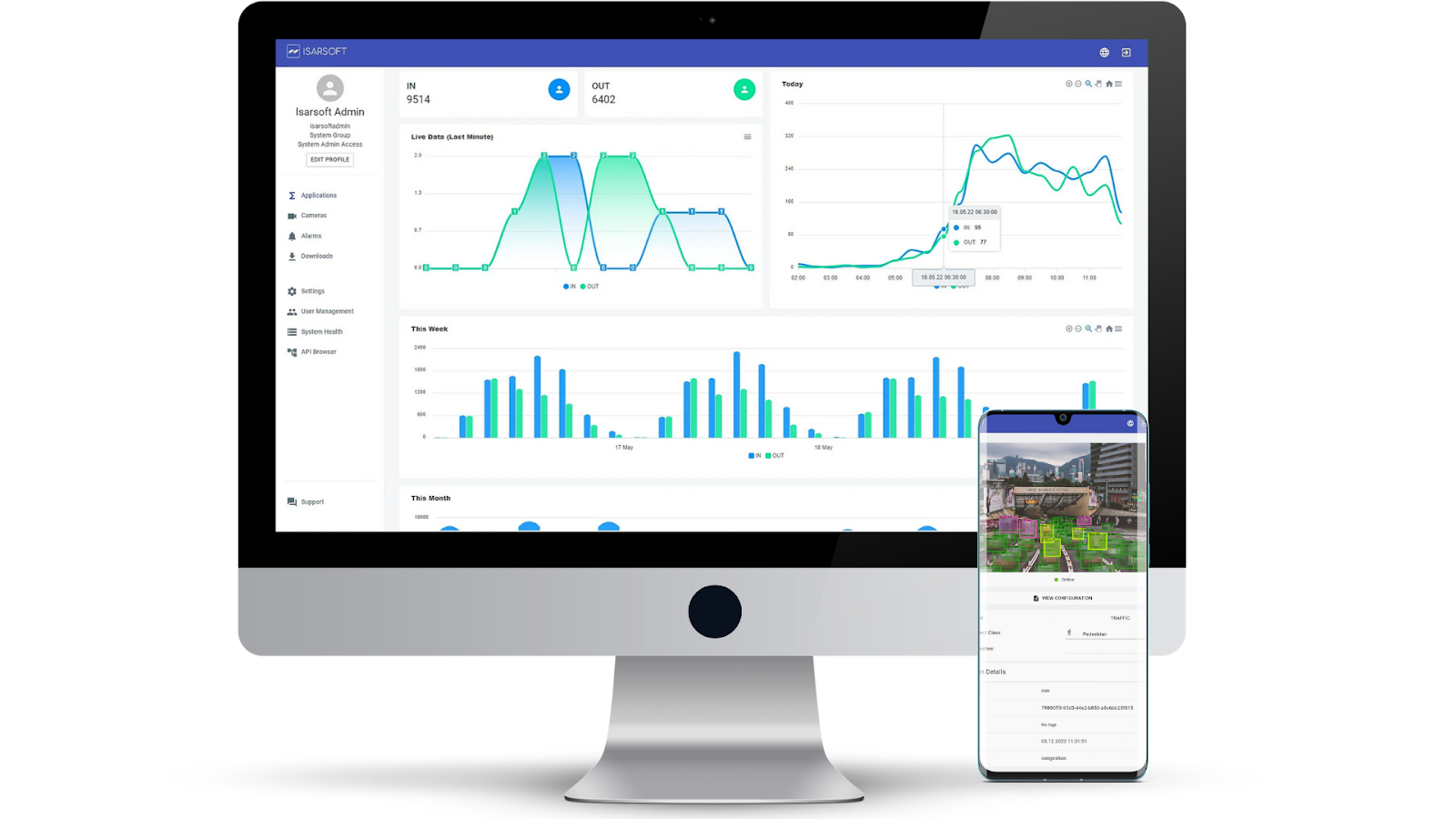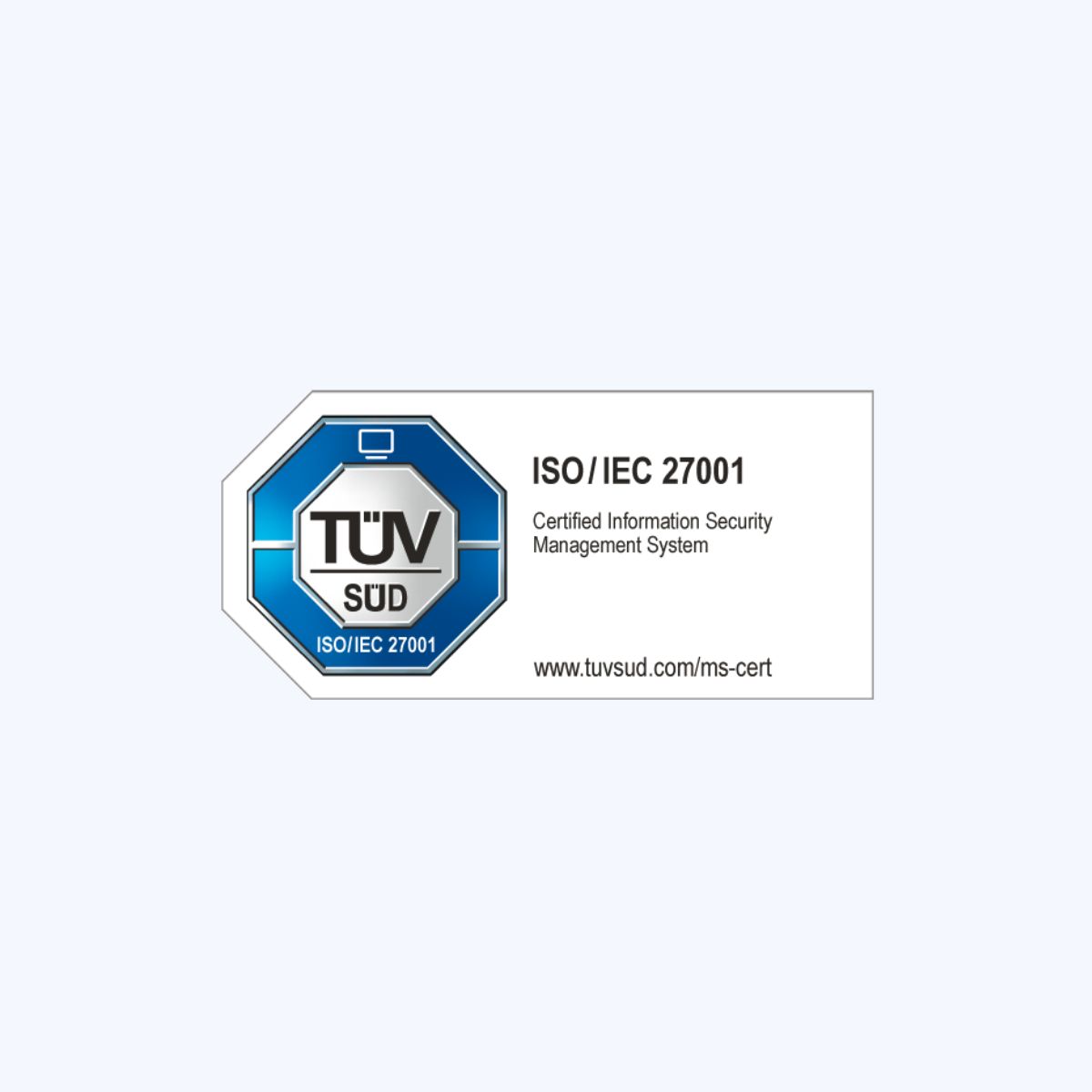The European Green Deal, Its Objectives and the Need for Video Analytics
The EU is working on measures to combat climate change, some massive changes need to be done, especially in the area of mobility. We elaborate on how video analytics becomes an integral part to the solution.
Published
October 26, 2022

What is the European Green Deal
The European Green Deal is an agreement from 2019 of the member states of the EU, to protect the earth and thus maintain our living conditions. The goal of the EU is to achieve complete climate neutrality by 2050 with an interim goal to reduce greenhouse gasses by 2030 by 55% with 1990 as year of reference.
The European Green Deal is in alignment with the Paris Agreement, which is a legally binding international treaty on climate change. It was adopted by 196 Parties at COP 21 in Paris, on 12 December 2015 and entered into force on 4 November 2016. Its goal is to limit global warming to well below 2, preferably to 1.5 degrees Celsius, compared to pre-industrial levels.
The European Green Deal is our new growth strategy. It will help us cut emissions while creating jobs
says Ursula von der Leyen, President of the European Commission, indicating that the massive investment into climate friendly technologies shall also aid the creation of jobs.
As the graphic below indicates, in 2019 the emissions of the EU were as high as 76.2% of the emissions in 1990, thus tremendous efforts are needed to reach the European Green Deal targets.
What needs to be done
The European Green Deal acts on all parts of the economy, including:
- Climate
- Energy
- Transport
- Agriculture
- Finance and regional development
- Industry
- Research and innovation
- Environment and oceans
In terms of greenhouse gas emissions the transportation sector accounts for over 25% of the emissions within the EU. With 20.4% of the total emissions being caused by road traffic, 3.8% of the total emissions by aviation and 4% by maritime industries. As stated in the factsheet, one of the goals of the Green Deal is to reduce transport related greenhouse gas emissions by 90% by the year of 2050.
Action Plan Transport Sector
The transport sector is not only important in terms of emissions but also contributes 5% to European GDP, is the second-largest area of expenditure for European households and employs around 10 million workers. The Mobility Strategy of the EU has the objectives to make mobility more sustainable, smart and resilient.
Sustainable Mobility
The greenhouse gas emissions from the transport sector shall be reduced by 90% by 2050.
Reducing the dependence on fossil fuels
- By 2030, there will be at least 30 million zero-emissions cars and 80 000 zero-emission lorries in operation.
- By 2030, there will be at least 100 climate-neutral cities in Europe. Scheduled collective travel under 500 km should be carbon neutral by 2030 within the EU.
- Zero-emission large aircraft will become ready for market by 2035.
Making alternative choices available
- All large and medium-sized cities put in place their own sustainable urban mobility plans by 2030.
- Traffic on high-speed rail will double by 2030. By 2050 rail freight traffic will double.
- Transport by inland waterways and short sea shipping will increase by 25% by 2030.
Pricing to reflect environmental impact
- The internalization of external costs of transport at the latest by 2050 will ensure that those who use transport will bear the full costs rather than leaving others in our society to meet them.
Smart Mobility
Mobility shall become smarter by
Better Data Usage
- The full potential of traffic and mobility data shall be unleashed.
Digital Processes
- By 2030, integrated electronic ticketing facilitates seamless multi-modal passenger transport. Freight transport will be paperless.
Autonomous Mobility
- By 2030, automated mobility will be deployed on a large scale.
Resilient Mobility
Transport has been one of the sectors hit hardest by the COVID-19 pandemic. The EU has now an opportunity to build a mobility system that is sustainable, smart, and resilient: a system for future generations.
A strong and resilient single market
- Investment in transport infrastructure across the EU Member States.
- By 2050, a fully operational, multi-modal Trans-European Transport Network for sustainable and smart transport with high speed connectivity.
A mobility system that is fair and just for all
- Make mobility affordable and accessible in all regions and for all passengers.
- Improve the conditions for transport workers.
Ensuring the highest standards of safety and security in European transport
- By 2050, the death toll for all modes of transport in the EU will be close to zero.
How can video analytics help to reach the objectives?
AI powered video analytics can help to reach the objectives of the European Green Deal.
Progress validation through continuous data collection
With an investment program as large as the European Green Deal it is no longer feasible to measure the progress through manual surveys. A holistic, continuous and precise data collection is needed to build a solid foundation for decisions of planners and decision makers. Helping to readjust measures and increase efforts only where needed.
Video Analytics can provide continuous, precise and comprehensive data collection for example at cross-roads, in airports and train-stations to measure the traffic-, and people flow.
Improving operational efficiency with smart systems
The efficiency of existing traffic, transport and aviation infrastructure can be improved by adding video analytics as a real-time sensor. Processing camera streams, intelligent software can guide mobility users more efficiently via connected traffic lights, info screens and mobile apps. Such smart and integrated systems reduce congestion and increase throughput.
Inclusion through video intelligence
Making mobility accessible to all, including families with strollers, travelers with bicycles and people depending on wheelchairs is a goal of the Mobility Strategy. Video analytics can analyze occupancy of buses, trains and train stations and help to guide passengers towards less crowded areas.
Enhancing Security and Safety with Video Analytics
On the way to having zero deaths in transport systems, video analytics can help to protect people. In road traffic, security cameras can be used to automatically detect and respond to abnormal traffic situations such as wrong-way drivers. In our article on road-safety, we further elaborate on security enhancements for the mobility sector.
Worker safety can be improved by automatically validating correct protective equipment such as helmets.
Integrating video analytics into train-stations can aid to stop people from crossing or falling on-to rail-way tracks.
More about Isarsoft
With Isarsoft Perception, your camera systems become part of your business intelligence. Whether the goal is to increase efficiency, customer satisfaction or safety, Isarsoft Perception provides the insights needed for informed decisions.

Contact us, to learn more about how to turn security cameras into intelligent sensors.
Further References:
European Commission: A European Green Deal | Striving to be the first climate-neutral continent
United Nations: The Paris Agreement
European Commission: What is the European Green Deal?
European Commission: Delivering the European Green Deal
European Commission: Factsheet on Transport - Make Transport Greener
European Commission: Factsheet on Transport and Mobility - Sustainable and Smart Mobility Strategy



